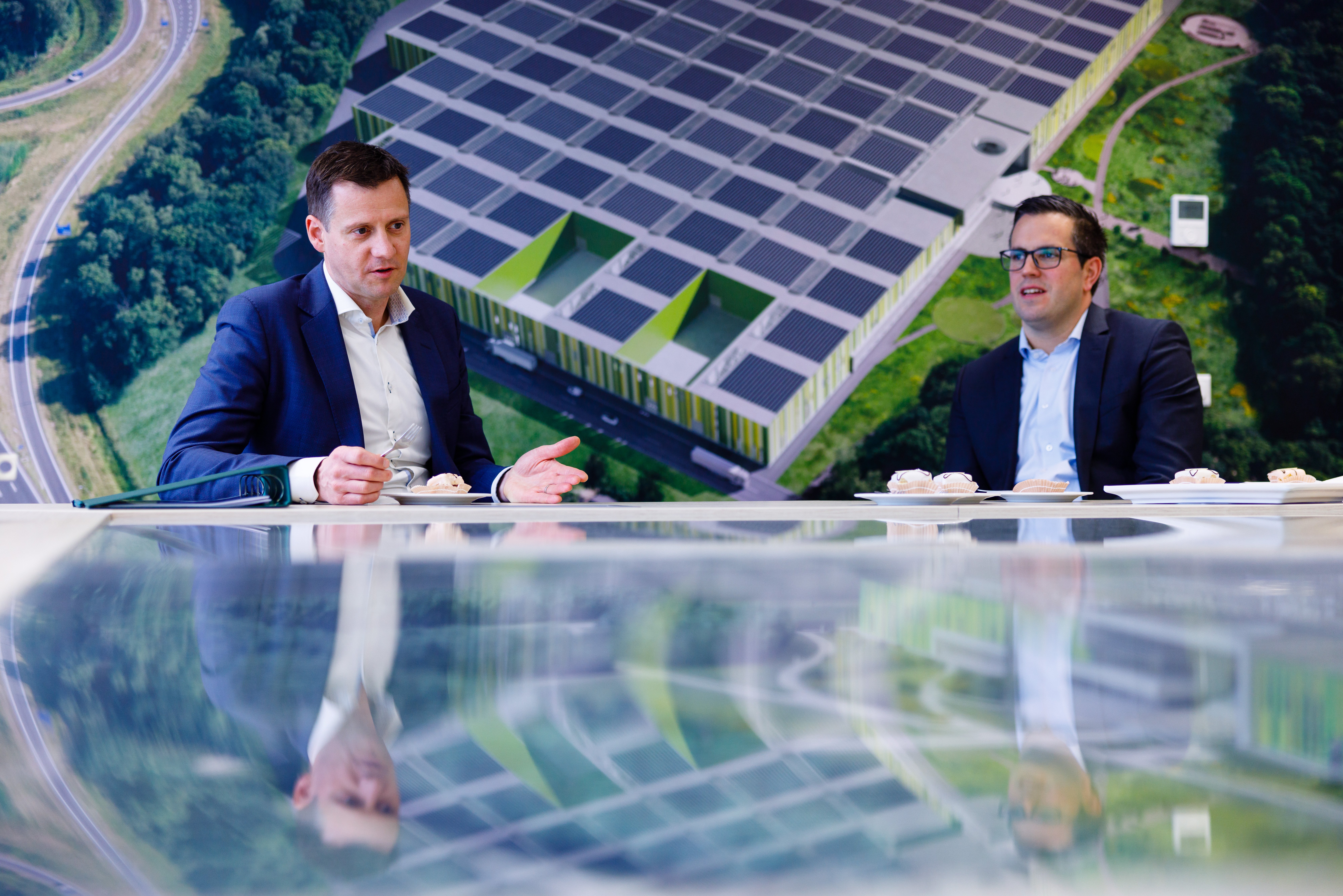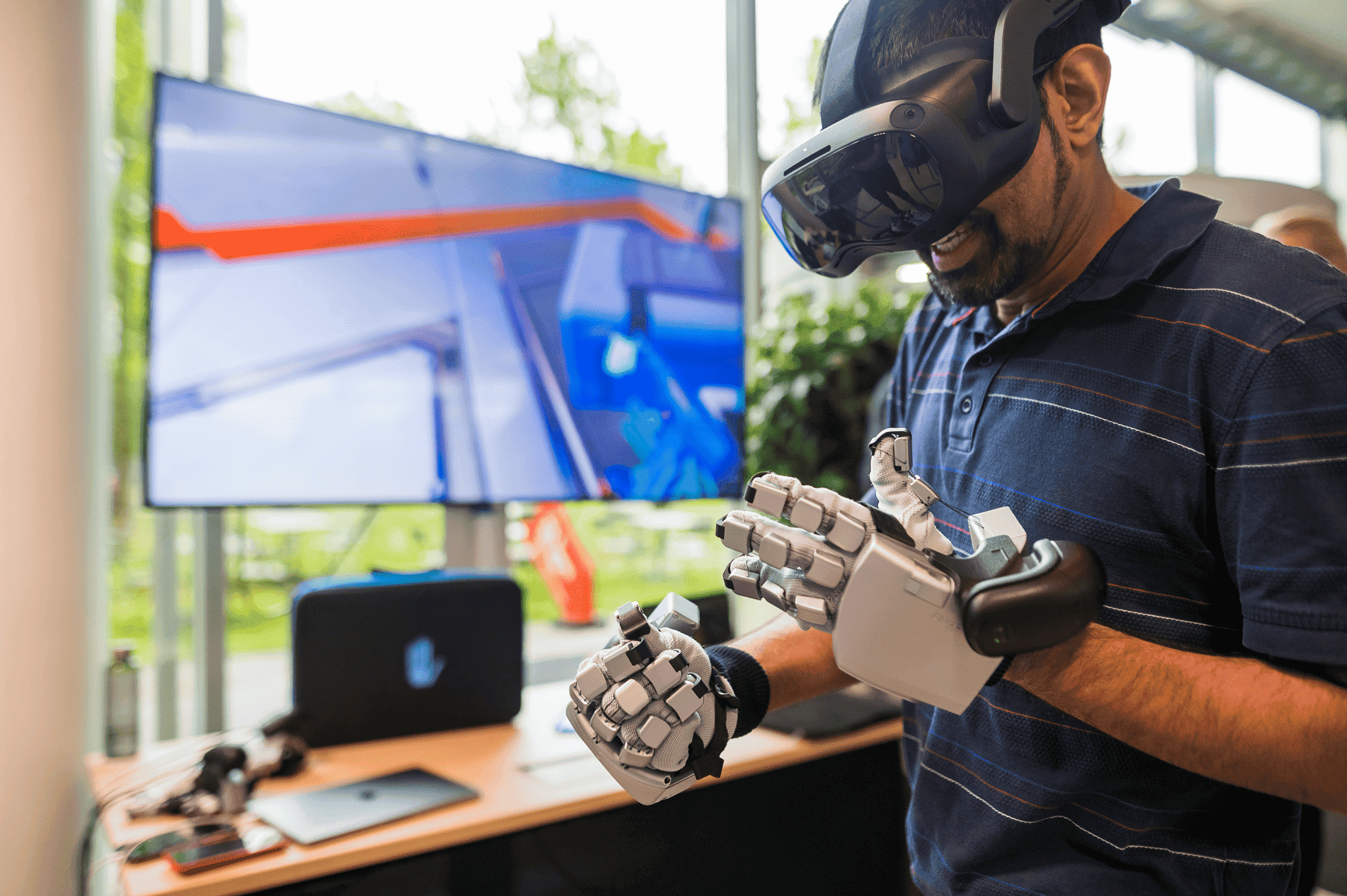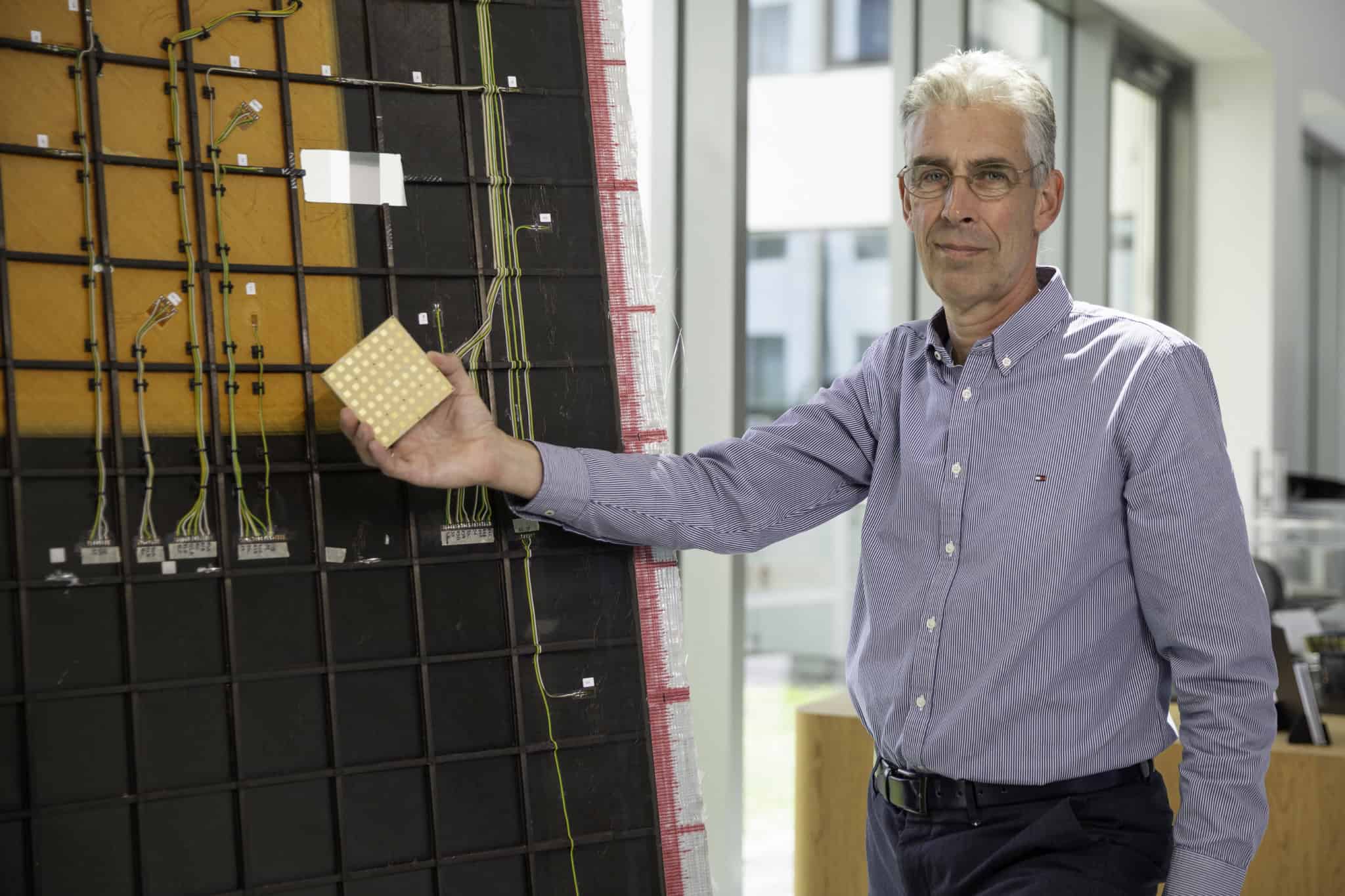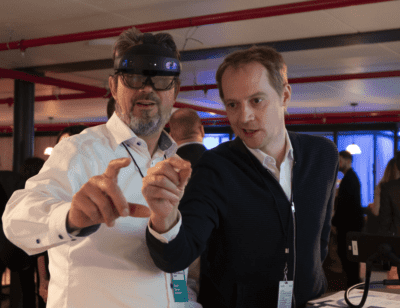
Human skin-like sensing systems, high electromagnetic frequencies to scan for product defects, and augmented reality for remote assistance are all examples of what we will find in tomorrow’s manufacturing factories. These ideas are all being developed by start-ups, which are now all striving to turn their ideas into strong market products.
Labor shortages, increased material costs, and increased competitiveness are all impacting the manufacturing industry. At the same time, the sector needs to become more sustainable. Hexagon is giving start-ups the opportunity to bring more innovation into the industry more rapidly. In 2022, the Swedish information technology company launched Sixth Sense, connecting start-ups with global companies to solve real-world problems and provide them with the chance to fast-track innovation.
Sixth Sense launches a challenge twice a year to the world’s manufacturing and specialist tech start-ups. The last edition’s challenge was centered on digital reality and automation for a sustainable future. Eight young companies were then selected to undergo a 10-week-long training program. In this span of time, start-ups were able to perfect both their solutions and business models. This trip culminated in the eight companies presenting their innovations at the Sixth Sense Summit. Most importantly, they had to pitch their well-honed ideas to a panel of experts, which ultimately selected a winner who are to receive Hexagon’s help to scale up. These five start-ups from Europe took part in the program, and here are the solutions that they pitched at the second edition of the summit, which was recently held in The Hague, the Netherlands.

oculavis
How can augmented reality (AR) help manufacturing? An example is provided by the German start-up oculavis. The company is developing visual assistance software to connect machinery and equipment with technicians worldwide. Technicians on the ground can connect with experts remotely via video calls using the oculavis software. This helps guide them in repairing a part or carrying out a specific process. What’s more, the person on site also wears a virtual reality visor. Through the visor’s lenses, the technician can see annotations and suggestions made in real-time by experts via an AR app.
CASTOR
Having parts ready at a lower cost and in less time is what every manufacturing company seeks. 3D printing can meet both these requirements, but it is still underused. Manufacturers can upload a design file of a given part onto CASTOR’s software. Using AI algorithms, it scans a database with millions of parts, which analyzes components – from a technical and economical standpoint – to identify when and how 3D printing is a good, simple solution. This can save manufacturers up to half of their costs.
3YOURMIND
3YOURMIND enables more agile manufacturing through the use of its on-demand software. By using their technology, companies can identify and fabricate parts when and where they are needed. This helps lower operational costs and reduce inventories by up to three-quarters. Manufacturers can produce spare parts quickly and at the same time cut down on operational and overstock costs.
Teratonics
Terahertz radiation is the last part of the electromagnetic spectrum to be industrially exploited. Teratonics is using these frequencies to scan materials in a non-invasive way. Their technology is used to check for possible defects in manufactured products. A laser beam enables fast detection of defects as well as more control over components.
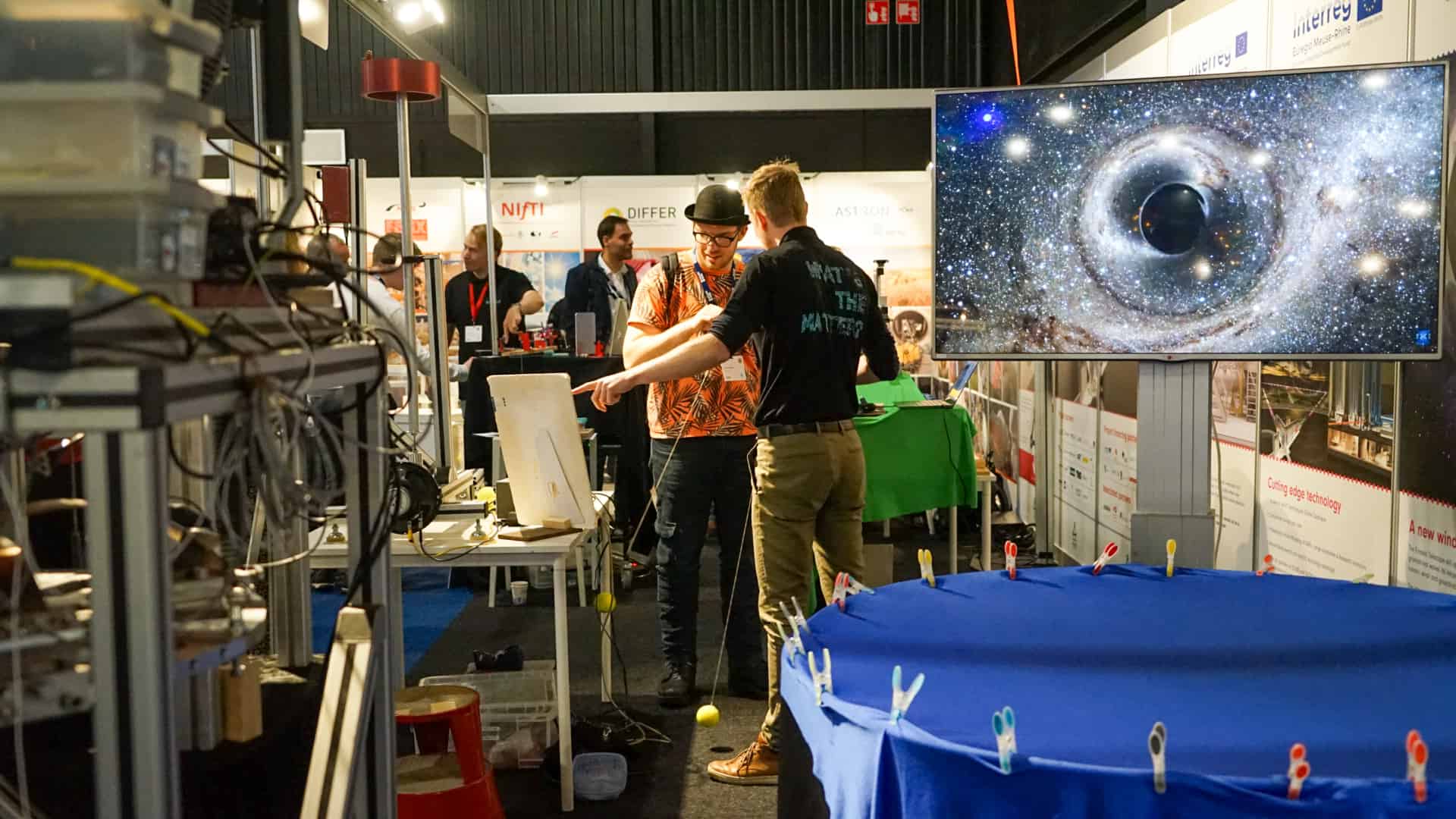
Threedy
As the amount of 3D data keeps growing, companies need to find ways to be able to utilize it. Threedy can manage these data streams, thereby processing them into responsive and interactive 3D applications. This allows for immersive experiences while keeping device and infrastructure costs to a minimum. The Threedy platform also enables collaborative work and support in its 3D spaces.
The value of start-ups in manufacturing
Milan Kocic is the head and initiator of the Sixth Sense program. In his view, connecting with start-ups facilitates the adoption of innovation within large organizations. “Working with a start-up that has already put years, sweat, and tears into a given technology is easier for a big company. By meeting them at a point where they are ready to scale up, an organization like Hexagon can provide them with all the infrastructure to do that,” he emphasizes.
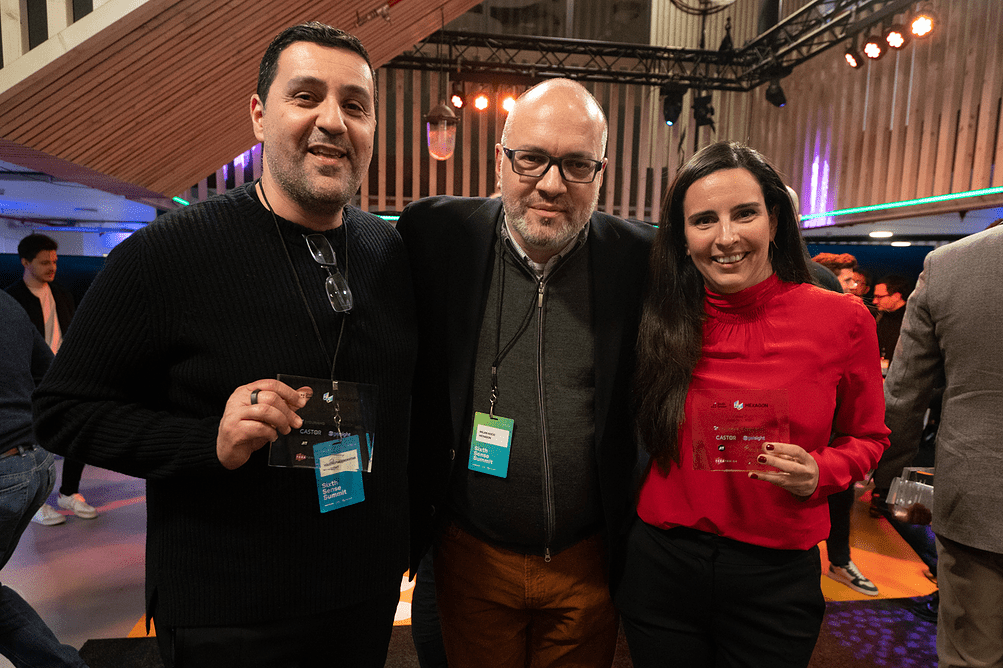
GelSight won the competition. The American company develops human skin-like tactile sensing technology that provides detailed and fast surface characterization. In other words, they are capable of creating high-resolution tactile sensors. These conform to the surface of an object on contact, capturing the topography of that area. Data captured by these sensing units is sent to their proprietary operating systems. The judges chose the company because it had a market-ready product, while CASTOR was the runner-up.
Sixth Sense will launch a new challenge in the upcoming weeks, then select a new cohort of start-ups. Despite recognizing the key role that AI and robots will play in the future of manufacturing, Kocic believes that human cooperation will be just as fundamental. “I think that the key to the future is a highly educated workforce for factories, that is treated no differently than a lawyer, computer scientist, or anyone else,” concludes Kocic.
In the main picture, A visitor trying out the oculavis software – © Gerrit de Heus – Hexagon
